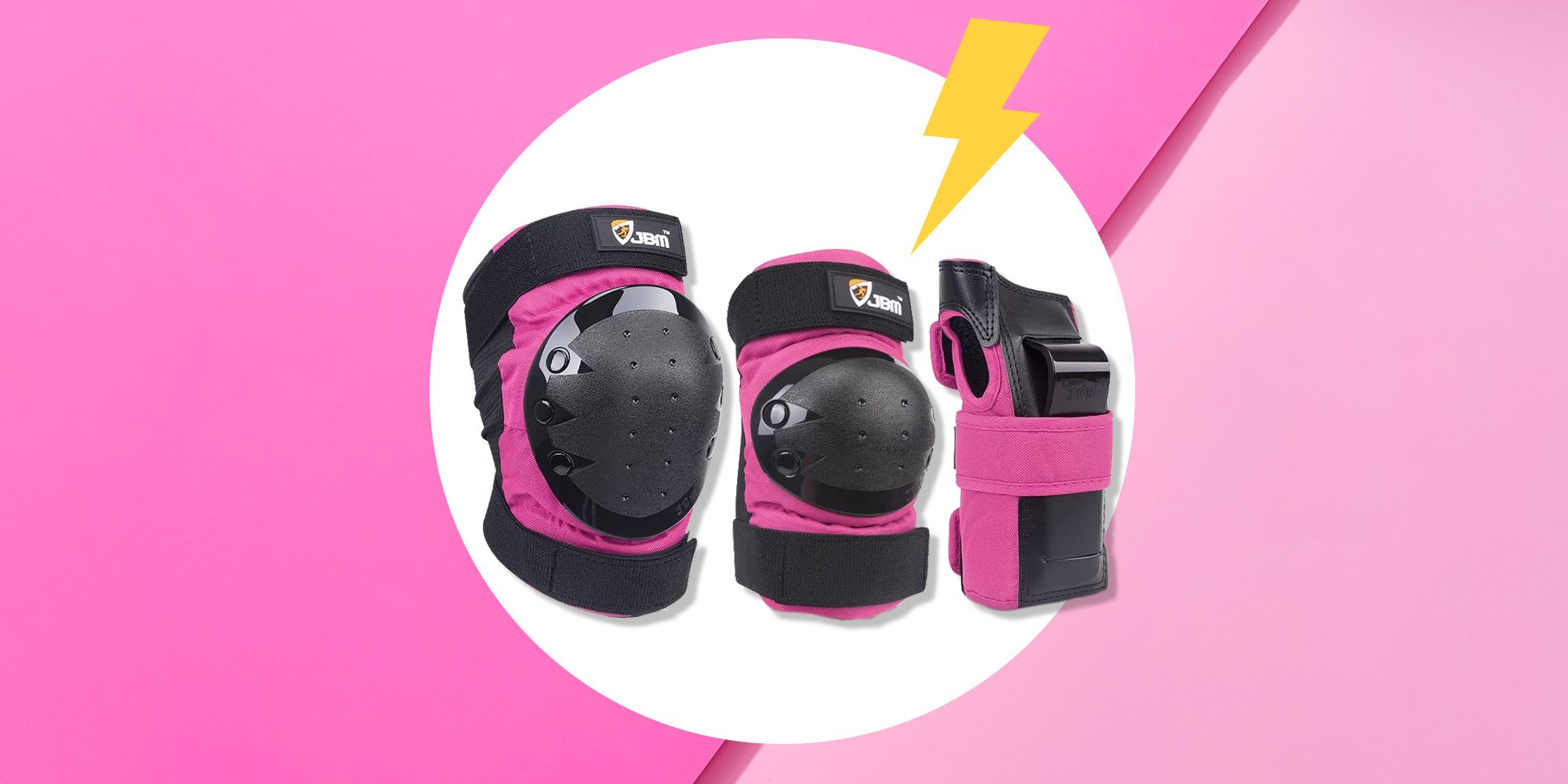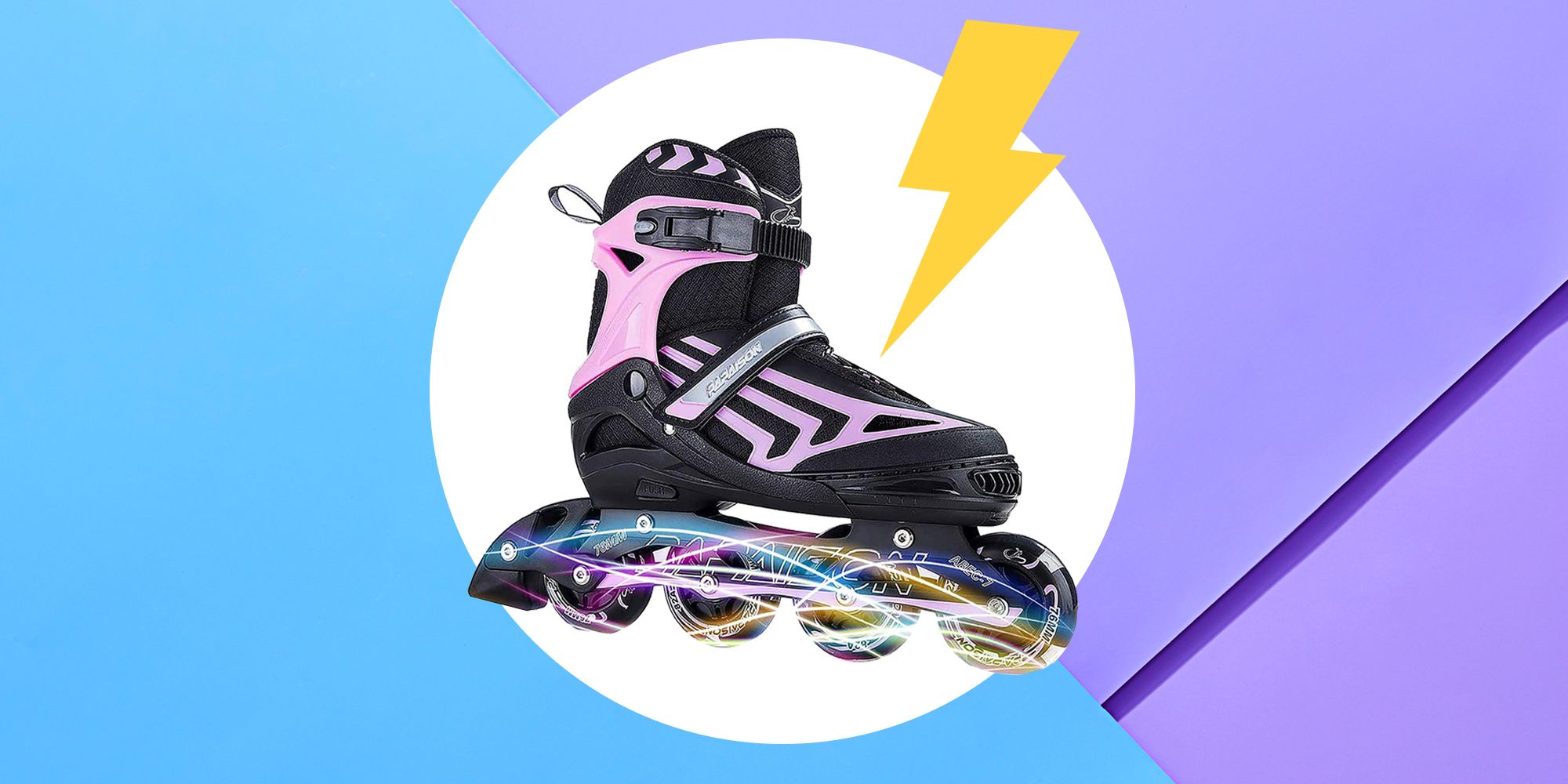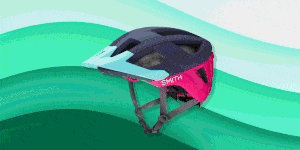A ’90s trend can make a strong comeback (at least according to Taylor Swift)—so maybe none of us should be surprised that inline skating, a.k.a. rollerblading, is back on the scene in a big way. But learning how to rollerblade when you’re a total newbie can be a little bit intimidating. Don’t worry, we’ve got ya.
The activity started to regain popularity in 2020, according to the Rollerblade brand’s website. And the proof is in the posts: TikTok videos have recently featured some fancy footwork, and there’s a whole #inlineskating universe out there on Instagram, too.
Rollerblading is a low-risk outdoor activity to enjoy during the pandemic, according to Mayo Clinic. And it’s a pretty good workout. Inline skating burns *almost* as many calories as running, but it strengthens the outside of your glutes more than running does, WH previously reported. Plus, it puts less stress on your joints.
Clearly, there are plenty of reasons to get out there and give rollerblading a try. But if you’re a beginner, there are a few things you need to know before you’re truly ready to roll. Let’s get into it.
First, get the right rollerblading gear.
Obviously, you’re going to need a good pair of skates. There are tons of options out there, but the blades you choose should support your ankles and feel firm around your feet, says Kris Fondran, director of the Inline Certification Program (ICP), an organization that trains inline skating instructors. For beginners, she also recommends skates with four 80- to 90-millimeter wheels. (Worth noting: Rollerblades technically have four wheels in a row, whereas roller skates have wheels to the left and right of the center of your foot.)
Skate quality is important, too. You’ll probably want to spend at least $100 if you plan on skating regularly, Fondran says. If you’re anxious about making that investment without knowing how often you’ll use your blades, she suggests renting a good pair to try out rather than buying a cheaper set.
Finding the right skate size should be straightforward. “Usually it’s street shoe size— maybe a half size more—but I wouldn’t go more than that,” Fondran says.
When trying on blades, follow these steps from Inline Warehouse to make sure they fit properly:
Along with your new skates, you’ll also want to invest in a helmet, knee and elbow pads, and wrist protectors—the American Academy of Orthopaedic Surgeons recommends all of this gear for inline skating. If you already have a bicycle helmet, awesome; those are actually best for recreational inline skating, according to the United States Consumer Product Safety Commission.


“You can’t control the environment,” Fondran points out. “You can only control yourself.” So, even if you feel confident in your own abilities, it’s smart to wear safety gear.
Next, find your balance on your rollerblades.
Before you hit the pavement, wear your pair on a high-friction surface like grass or carpet, and practice getting into a good “ready position,” Fondran says. In other words, lift your chest, engage your core, and sink down so that your center of gravity is low. Make sure your shoulders are slightly in front of your hips. This will help you balance, since your weight will naturally be in your heels.
Side note: It’s also a good idea to practice the stages of stopping and turning on a flat surface before you head out, according to Fondran. (More on those crucial skills later.)
When you hit the pavement, think about bending your knees.
To start moving forward, get in that ready position and transfer your weight from side to side, Fondran says. Then, using force from one leg at a time, push to the side with all four wheels so that your opposite leg rolls and moves in a forward motion, and bring your working foot back under your body.
Even if you’re scared (totally understandable, BTW), fight the urge to stand up straight! Bending your knees puts you in a more athletic stance and will help you to get a more efficient push.
When you’ve got it right, the movement should feel “smooth and rhythmic,” says Fondran.
Check out some of Fondran’s rollerblading tips for beginners in the following video:
Make sure to master a turning technique (or two).
“One of the first ways we teach people to turn is called an A-frame turn,” Fondran says. Her tips to master this move: First, get into a broad stance—your feet should be wider than your shoulders and hips so that your skates are easily on their inside edges. Then, press down on the foot that’s opposite the direction you want to turn. (For example, if you’re turning right, press on your left skate.)
New skaters typically want to keep their feet wide and stay on the inside edges of their blades, so this turn is best for beginners, according to Fondran.
“From there,” she says, “we would teach a parallel turn.” For this move, start by scissoring your feet, meaning one is in front and the other is in back, both sets of toes facing forward. Then, rotate into the turn so that the foot closest to the direction in which you want to turn is on the outside edge of the skate. A parallel turn is a bit scarier than an A-frame turn, but it’s also more agile.
Eventually, you might transition to the more advanced crossover turn, which is what you see watching figure skating or hockey. “That’s one of the most efficient ways to turn,” Fondran says, because you’re moving your feet the whole time, and you won’t lose speed. But when you’re first starting out, she suggests you stick to an A-frame or parallel turn.
And don’t forget to practice stopping in rollerblades safely.
As with turning, there are a few different ways to stop. For beginners, Fondran recommends using the heel brake (which, she says, may or may not come *on* the skate, but should at least be in the box when you buy the blades).
To use the heel brake, get in your ready position again (remember: knees bent, chest up, feet about hip width apart), then scissor your legs so that your braking foot is in front, Fondran says. And don’t straighten your legs before you scissor.
Next, lift the toe of your front foot to engage the brake, and sit back. “As you continue to press into the brake,” Fondran says, “you’ll get a little bit more of a scissor until you come to a complete stop.”
As you become more advanced, you might try a T-stop or a plow stop, Fondran notes. To execute a T-stop, move one of your feet (whichever one feels more comfortable) behind the other so that your feet form a “T” shape. Make sure you keep your shoulders and hips square as you slow down, Fondran advises. For a plow stop, you’ll turn your toes in and shift your weight from side to side. But there’s an important caveat to keep in mind here: It’s not the quickest way to stop.
Finally, there are edge stops (basically, what you see ice hockey players do), but those are pretty athletic moves, according to Fondran. Basically, if you’re a beginner, the heel brake is your best friend.
Finally? Don’t get discouraged.
Remember, even if you’re a great athlete, inline skating might not come naturally to you right away—but that’s okay! If you put in effort up front to master an even stride and build your confidence while moving, turning, and stopping, Fondran says inline skating can be a great way to explore the world. Plus, she says, once you get into a rollerblading rhythm, it’s hard not to smile while you’re doing it.
Source: Read Full Article

